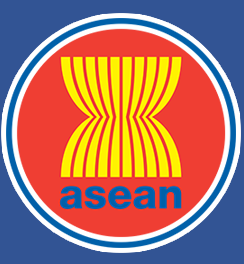ASEAN Journal on Science and Technology for Development
Abstract
The research aims to measure the radiation dose rate over the radiation shielding which is made of paraffin and aluminium and to determine the best shield material for the safety of radiation workers. The examination used MCNP (Monte Carlo N-Particle) simulator to model the BNCT neutron source and the shield. The shield should reduce radiation to less than the dose limit of 10.42 µSv/h, which is assumed to be the most conservative limit when the duration of workers is 1920 h. The first design resulted in a radiation dose rate which was still greater than the limit. Therefore, optimization was done by adding the lead on the outer part of the shield. After optimization by adding the lead with certain layers, the radiation dose rate decreased, with the largest dose being 57.60 µSv/h. Some locations over the limit could be overcome by other radiation protection aspects such as distance and time. The paraffin blocks were covered by aluminium to keep the shield structure. The lead was used to absorb the gamma ray which resulted from the interaction between the neutrons and aluminium.
Publication Date
8-29-2020
Recommended Citation
Hana, Tsurayya Afifah; Zukhrofani, Iman Azzam; Yosi Aprian, Sari R.; Arief, Fauzi; and Sutresna, Wijaya Gede
(2020)
"Conceptual Shield Design for Boron Neutron Capture Therapy Facility Using Monte Carlo N-Particle Extended Simulator with Kartini Research Reactor as Neutron Source,"
ASEAN Journal on Science and Technology for Development: Vol. 35:
No.
3, Article 1.
DOI: https://doi.org/10.29037/ajstd.532
Available at:
https://ajstd.ubd.edu.bn/journal/vol35/iss3/1

